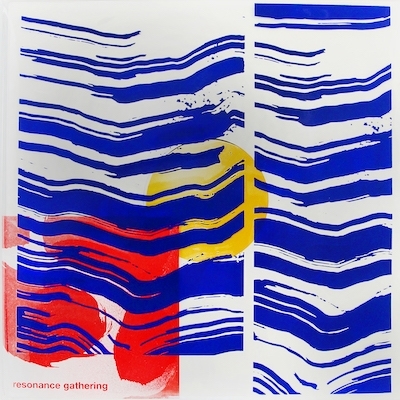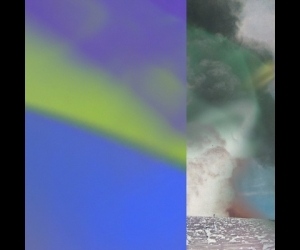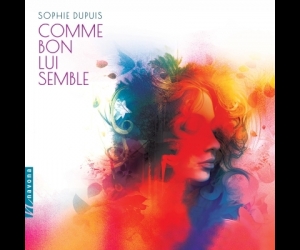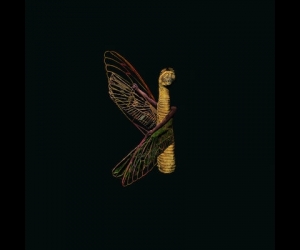
Resonance Gathering is a thoughtful package that documents and celebrates a recent two-year project to perform a Pauline Oliveros work from 1970: To Valerie Solanas and Marilyn Monroe in Recognition of their Desperation. The title itself suggests mantra, meditation, and healing ceremony, resisting abridgement. While there have been previous recordings of the work, its performance instructions are sufficiently broad to support radically different realizations.
“Shortly after it was published in 1968,” Oliveros described in 1970, “the SCUM Manifesto by Valerie Solanas fell into my hands. Intrigued by the egalitarian feminist principles set forth in the Manifesto, I wanted to incorporate them in the structure of a new piece that I was composing. The women’s movement was surfacing, and I felt the need to express my resonance with this energy. Marilyn Monroe had taken her own life. Valerie Solanas had attempted to take the life of Andy Warhol. Both women seemed to be desperate and caught in the traps of inequality: Monroe needed to be recognized for her talent as an actress; Solanas wished to be supported for her own creative work … I brought the names of these two women together in the title of the piece to draw attention to their inequality and to dedicate the piece.”
Toronto artist Christopher Willes decided to have the work performed by nineteen mostly non-professional musicians as an exploration in group awareness. The piece begins with each performer choosing five notes with which to work during the piece’s duration, which can run in three equal segments totalling thirty minutes, forty-five minutes, or an hour. This version comes in at around forty-eight minutes. There are specific directions for the notes chosen, including diatonic and non-diatonic adjacent tones, and when and how they’re to be employed throughout, but the emphasis is on listening to others and developing one’s sound accordingly, balancing the individual and the group. Each segment is lit in a different colour (red, yellow, and blue), and there are strobe lights and photo flashes in the middle and last movements to trigger different sonic events.
In this latest incarnation, a prophetic work composed more than fifty years ago comes to resonate with a city’s current issues. From 2017 to 2019, rehearsals for the piece embedded it deep in the city of Toronto, beginning at the Gardiner Museum, then, in early 2019, in various Toronto schools and community spaces, including the University of Toronto (where Oliveros had visited the electronic music studio in the late 1960s), and the Tranzac Club. The ultimate performance heard here took place in the Council Chambers at Toronto City Hall on February 19, 2019, at a crucial point in the city’s political history: On the eve of a provincial election, the provincial premier Doug Ford had radically reduced the number of city councillors who consider services to the city’s population.
Photos of the instruments in the Council Chamber seem conventional enough, but the sounds in the work transcend their sources; epic drones of scraped steel and electronic sonic walls take over, echoing founding conflicts and forecasting final resolutions. It’s an intense work that reflects the city’s struggles with representation, participation, identity, and survival.
From the outset, bathed in red light, the work has a holy intensity; voices, drones, and electronics pass into one another in a chaos that suddenly reveals a greater calm. To Valerie… is as tangential as its title, a harsh benediction for suicide and failed assassination alike, as the two become one. The work draws real compassion from the lurid tabloid excesses of 1960s America through the window of Oliveros’s wisdom and the reverberating waves of sound to resonate, even on disc, with the city identified as Tkaronto-Toronto. It arrives as identity and reflection are newly threatened, as the smoke from northern forest fires presses the city to achieve, for a day, the worst air quality of any city in the world, while a mile away, Ontario’s provincial parliament opens a protected greenbelt to housing development. If some of the dimensions of Oliveros’ music have their roots in Toronto, it’s perfectly fitting that this glorious revisioning of one of her talismanic works should appear now in mid-2023 in a Toronto publication. While this might be a recording of special local interest, it’s also one of the year’s most powerful and expansive statements of music’s ability to send a message.
Wrapped in a plastic sleeve silkscreened in blue and yellow, Resonance Gathering is scaled to its central work. One side of the first of two LPs is a poetic invocation from 2021, The Sound of Awakening, by IONE, Oliveros’ spouse. The other three sides contain the movements of To Valerie… There’s a sixty-four-page book, alive with colour, which includes an unpublished Oliveros text, What Composition Is, and photographs of the work’s various Toronto settings. Most remarkable of the add-ons may be a flexi disc of loops, an invitation to continue the work, complete with adhesive plastic tabs to make your own loops. “I’m not particularly interested in preserving my work,” reads a telling quotation from Oliveros at the end of the book. “I’m interested in the event we’re involved in now, and how it can change me.” Artifact it is, but the package also insists on its status as a dynamic event.


